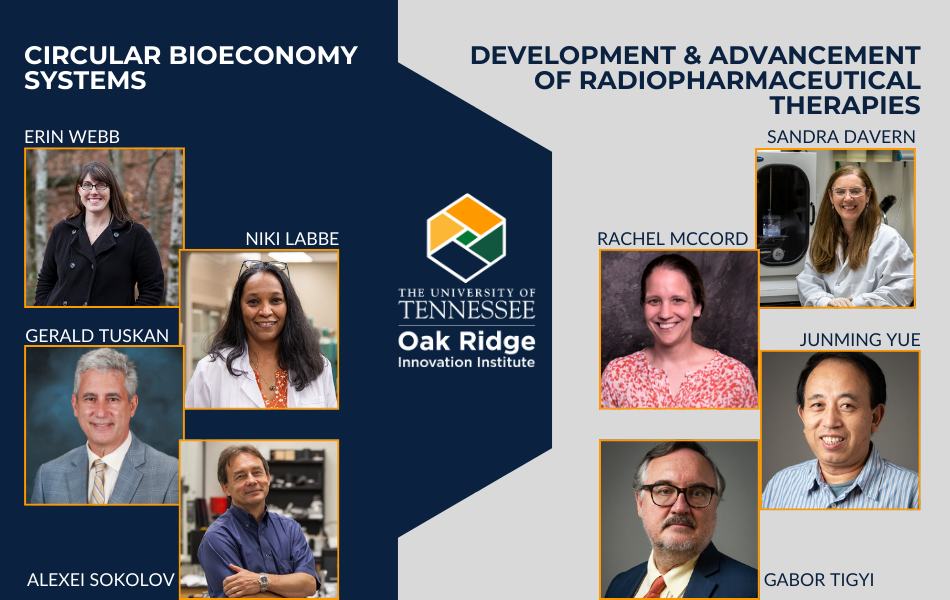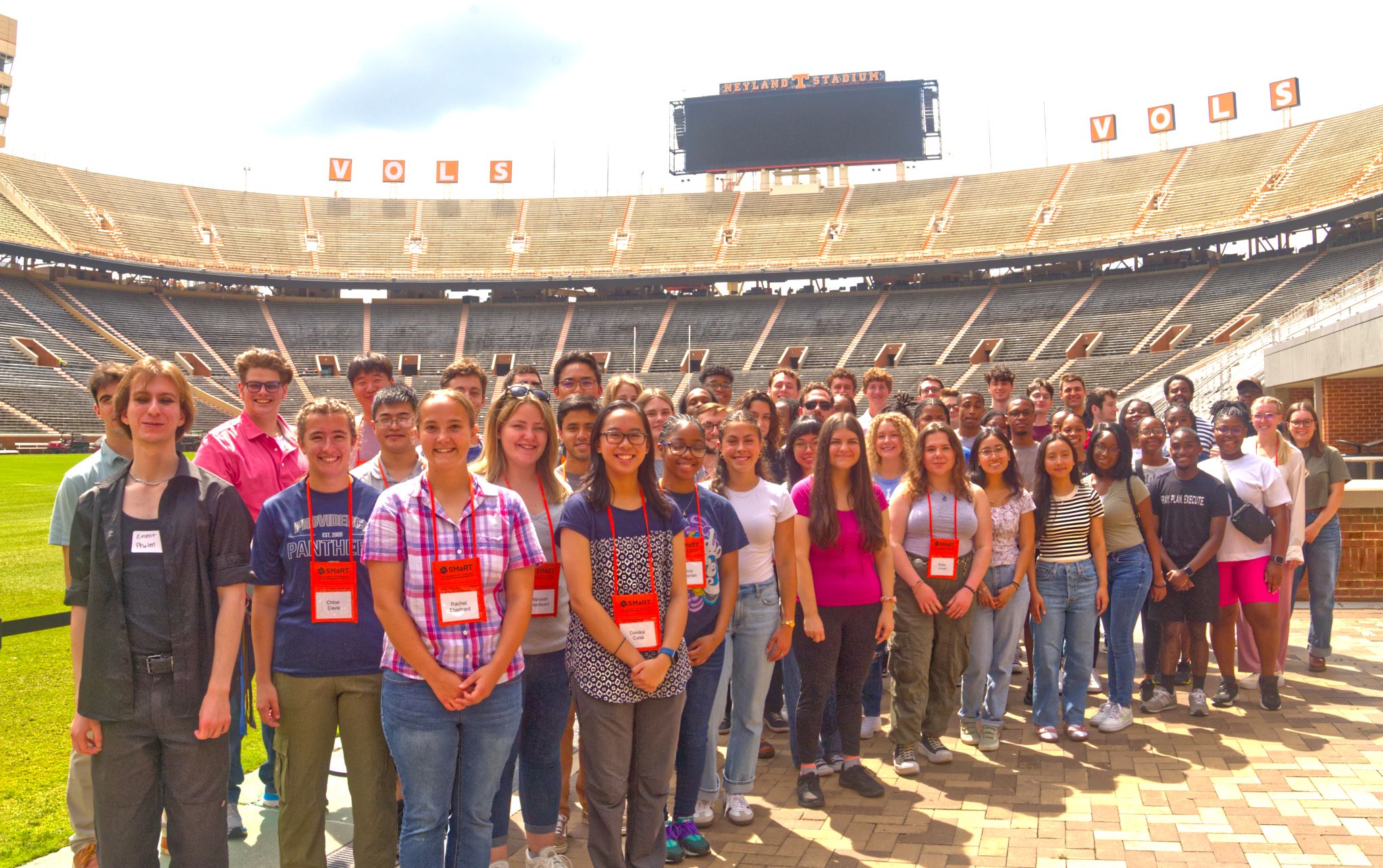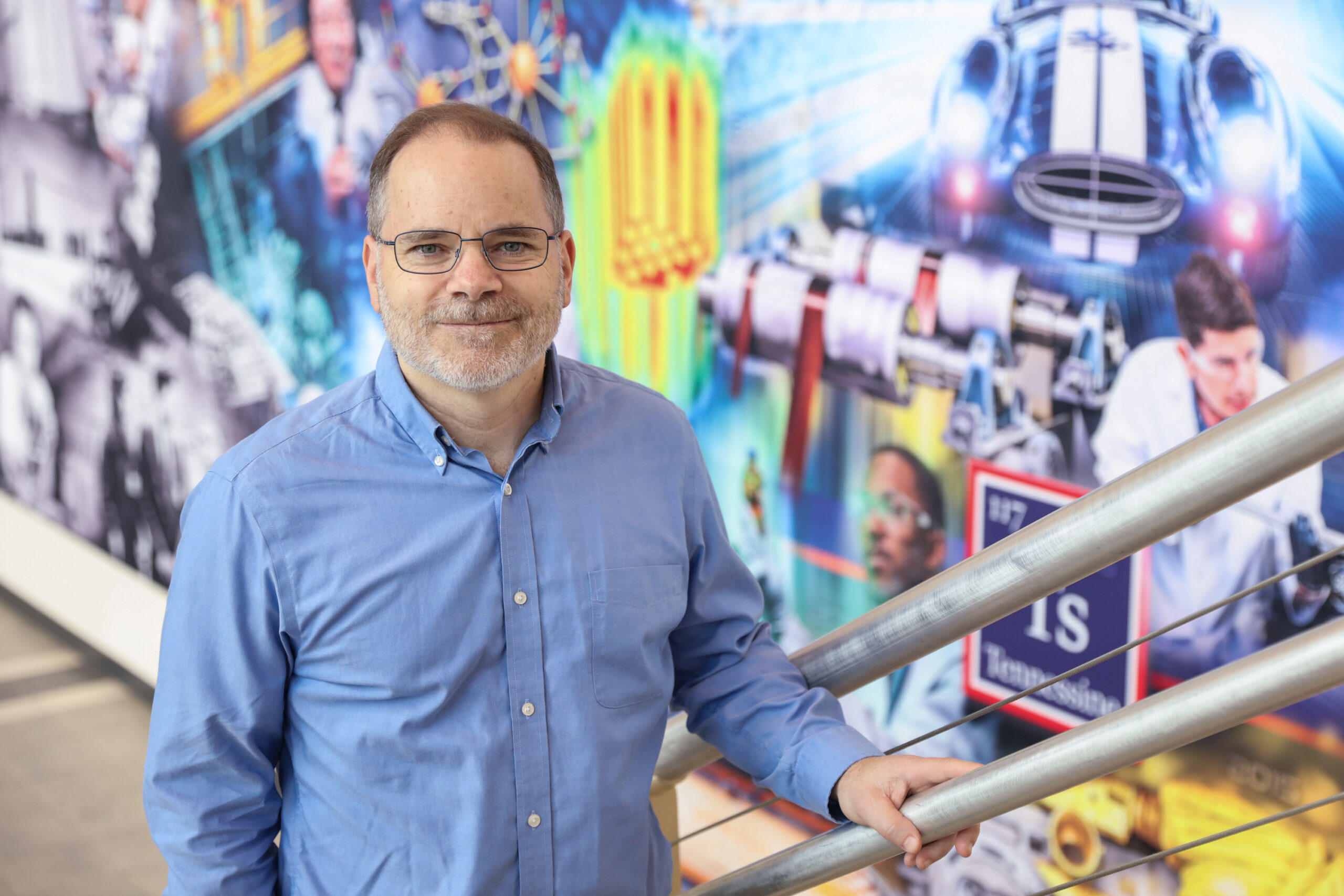February 15, 2024 – The University of Tennessee-Oak Ridge Innovation Institute (UT-ORII) has selected circular bioeconomy systems and radiopharmaceutical therapies as its two newest Convergent Research Initiatives (CRIs), areas of joint research for UT and Oak Ridge National Laboratory. Over the next five years, UT and Oak Ridge National Laboratory (ORNL) will invest $40 million—$20 million per initiative—and work jointly to accelerate world-leading innovation and establish UT and ORNL as national leaders in these areas.
“These two new convergent research initiatives along with an additional CRI next year will bring more than 100 new UT and ORNL researchers together across our state to tackle some of our nation’s biggest challenges while also bringing in new funds to Tennessee,” said Randy Boyd, UT System president. “That means more opportunities for graduate students and more opportunities for Tennesseans.”
ORNL Director Stephen Streiffer said, “For decades, ORNL and UT have come together to leverage their complementary capabilities and produce leading innovation. In standing up these two new initiatives through UT-ORII, we are again bringing our expertise to bear for critical advancements.”
The new CRIs were chosen from 54 proposals submitted by UT and ORNL joint research teams.
“There was an outstanding response to the call for proposals from ORNL and UT researchers,” said David Sholl, UT-ORII’s interim executive director. “We had 54 teams of ORNL and UT researchers come together and say, ‘We have a big idea. We’re ready to work together.’ That’s powerful and demonstrates the tremendous potential we have to solve some of our nation’s toughest problems, and make a huge impact across the state and around the world, when we combine our resources.”
UT-ORII’s new circular bioeconomy systems CRI team will leverage the strengths of ORNL and the UT Institute of Agriculture’s long-established work across the state to partner with two crucial Tennessee industries: auto manufacturing and agriculture/forestry to create a circular bioeconomy systems testbed. The group aims to use emerging science to produce materials from sustainable carbon sources, pioneering the shift toward low-energy and low-carbon-intensity circular agriculture, and manufacturing.
The core technical leadership group for UT-ORII’s new circular bioeconomy systems CRI will be the proposal’s leads: Erin Webb, an ORNL senior research and development engineer and lead for the laboratory’s Bioresource Science and Engineering Group and Niki Labbe, a professor and assistant director of the UT Institute of Agriculture’s Center for Renewable Carbon. Supporting subject matter experts are Gerald Tuskan, the director of the Department of Energy’s Center for Bioenergy Innovation at ORNL and an ORNL corporate fellow and Alexei Sokolov, UT-ORNL’s Governor’s Chair for Polymer Science.
UT-ORII’s new radiopharmaceutical therapies CRI will benefit from the combined talents and resources of ORNL, UT Knoxville (UTK) and the UT Health Science Center. The team’s goal is to develop the next advance in precision cancer medicine by focusing its research on a new generation of theranostics—a combination of therapy and diagnostic imaging drugs—that utilizes targeted alpha-emitting radioisotope constructs to precisely kill cancer cells with minimal side effects. The team also will work to establish the education framework and workforce pipeline needed to attract radiopharmaceutical companies to Tennessee.
The core technical leadership group for UT-ORII’s new radiopharmaceutical therapies CRI will be the proposal’s anchor researchers: Sandra Davern, ORNL’s section head for radioisotope research and development and initiative lead for the accelerating radiotherapeutics through Advanced Molecular Constructs Initiative and the Accelerating Radiotherapeutic Innovations and Applications Initiative at ORNL; Rachel Patton McCord, associate professor of biochemistry and cellular and molecular biology at UTK; Junming Yue, associate professor in pathology in UT Health Science Center’s College of Medicine; and Dr. Gabor Joseph Tigyi, associate vice chancellor and a Harriet Van Vleet Endowed Professor in Basic Oncology at UT Health Science Center’s College of Medicine.
With the addition of these two new CRIs, UT and ORNL researchers will be directing their joint attention to advancing research in four important areas:
- Clean manufacturing and advanced materials
- Energy storage and transportation
- Circular bioeconomy systems
- Radiopharmaceutical therapies
BACKGROUND
The criteria and process to becoming a UT-ORII CRI
To qualify to become a CRI, proposed topics needed a compelling technical concept, a well-defined growth trajectory for national impact and a strong core of technical leaders at UT and ORNL. Sholl said it is important to UT and ORNL that focus areas be sustainable and create strategic growth for UT and ORNL, expand opportunities for UT graduate students, have credible opportunities for outside funding and positively impact the state of Tennessee.
Last September, UT-ORII issued an open call to UT faculty and ORNL staff for concept papers to propose topics for two new CRIs. UT-ORII received 54 proposals that were reviewed by UT-ORII’s leadership team and members of UT-ORII’s Internal Advisory Committee (IAC). Ten teams were selected and in October, those teams provided oral presentations and discussed their proposals with UT-ORII leadership and IAC members. From there, five teams were asked to provide more thorough presentations that included their plans to meet space, material and hiring needs, and secure future external funding.
In UT-ORII’s Executive Council meeting in January, Sholl recommended moving forward with proposals to develop and expand UT and ORNL’s joint research in circular bioeconomy systems and radiopharmaceutical therapies. UT-ORII’s executive council members unanimously agreed.
UT-ORII passed on the remaining proposals to UT and ORNL leads in the proposals’ specific target areas. Those teams are also encouraged to update and resubmit their proposals when UT-ORII has its next open call for CRI proposals later in 2024.
100 UT-ORII Joint Researchers hired by 2030
UT-ORII was created to strategically align ORNL and UT expertise and infrastructure in research and graduate education. A core pillar of UT-ORII’s approach is support for Convergent Research Initiatives (CRIs), within which a concerted investment is made to support UT and ORNL’s collaborative work in emerging areas of strength for the combined institutions.
Since its launch in 2021, UT-ORII has focused its efforts on strengthening UT and ORNL’s joint innovation and discovery in two CRIs: clean manufacturing and advanced materials as well as energy storage and transportation.
A CRI within UT-ORII will typically receive $20 million in direct funding from UT and ORNL over a five-year period. On the UT side, the majority of these funds come from the state of Tennessee. On the ORNL side, funding comes for the Lab Directed Research and Development (LDRD) program. These funds cover the new researchers’ initial salaries and upfront costs, with the expectation that each researcher will secure external funding through research grants and other funding opportunities to cover future costs.
Each CRI will use these funds to recruit and establish a total of 20 joint researchers: 10 at UT and 10 at ORNL, and involve more than 25 UT Ph.D. students. With the addition of these two new CRIs and others to be launched in the future, UT-ORII expects to have 100 new researchers (50 at UT and 50 at ORNL) actively supporting the majority of their work with external funding by 2030.
“By having these kinds of convergent teams where we have 20 or 30 or 40 people that are working in an area, we can really make progress in tackling big issues for our state and nation,” said Sholl. “That’s exciting and demonstrates why UT-ORII was created.”
To learn more about UT-ORII, please visit www.utorii.com




